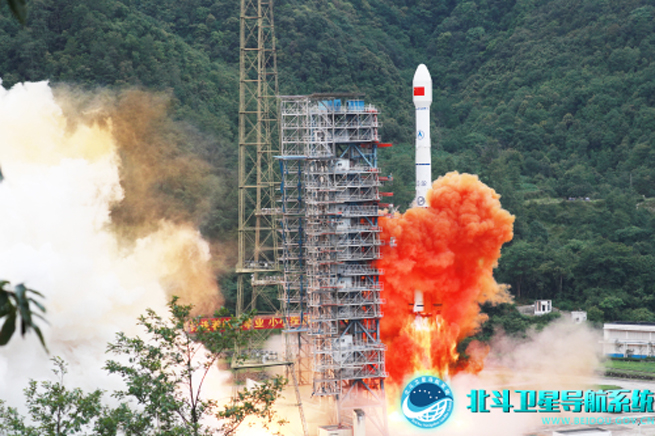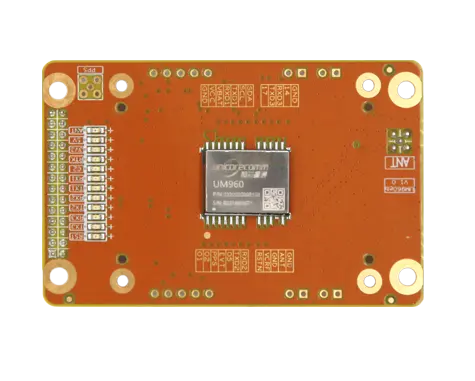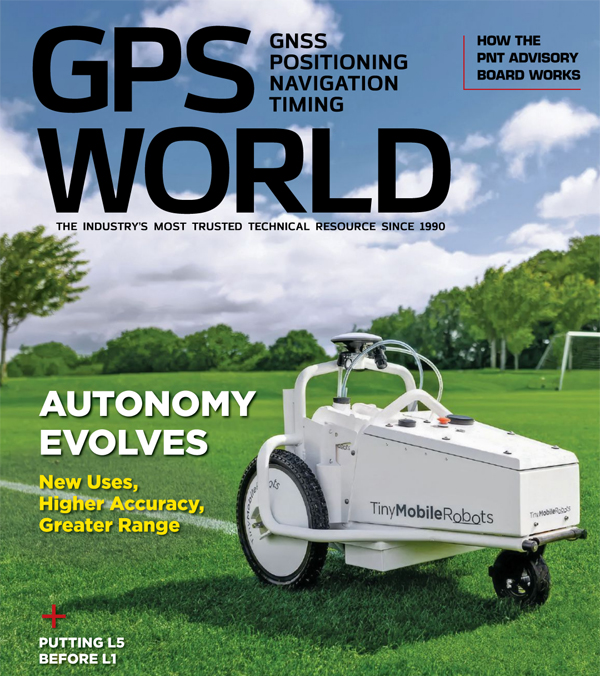
A perfection closure draws global attentions! At 9:43AM on June 23, the 55th BDS satellite, the last BDS-3 constellation satellite, was successfully launched on board a Long March-3B rocket at the Xichang Satellite Launch Center. It marked that the full completion of the BDS constellation deployment was accomplished a half year ahead of schedule.
All twists and turns make a great man. There were several ups and downs encountered in this launch campaign. Due to the failures of two previous launch missions, the entire campaign was rechecked for several times for quality reviews, and the launch time was adjusted from May to June. On June 16, another technical issue arisen during the pre-launch checkups. In order to absolutely ensure the success without any hidden problems, the launch was postponed again. The success of this mission fully embodies the scientific spirit of being realistic and pragmatic, as well as the rigorous work style, for the Chinese aerospace industries. It once again confirms that, being “serious, considerate and meticulous, reliable and infallible” in research and development processes, is an important principle for continuously overcoming difficulties and winning victories.
After the successful launch, the United Nations Office for Outer Space Affairs (UNOOSA) sent a video message, congratulating BDS on completing its global constellation deployment, affirming that BDS had been promoting global economic and social development, and appreciating the great BDS contributions on peaceful use of outer space and its participation in international cooperation in United Nations space activities.
The launched satellite, a geostationary satellite, will undergo a series of on-orbit tests before it is officially commissioned. Comprehensive tests for the entire BDS system will be conducted to ensure stable and reliable operation of the system with outstanding performances. Upon the completion of the tests, BDS will possess full operation capability to provide all-time, all-weather and high-precision positioning, navigation and timing services to global users as well as the services of satellite-based augmentation, short message communication, precise point positioning and other characteristic services for the selected regions.
The BDS construction was initiated in 1994. With unyielding efforts in more than two decades, 44 BDS launch missions were conducted using launch vehicles of Long March-3A series at Xichang Satellite Launch Center, delivering 4 BDS-1 experimental satellites as well as 55 BDS-2 and BDS-3 constellation satellites into predetermined orbits with a 100% success rate. It is worth noted that an intensive campaign of 18 launch missions was carried out within a short timeframe of two and a half years since the global constellation deployment started in 2017. In this year's special environment to fight against the COVID-19 outbreak, the entire BDS team have been working tirelessly on both the constellation deployment and the antipandemic fighting, to give vigorous impetus to the perfect conclusion of the BDS global constellation deployment. With strong supports from telemetry, track and command, ground operation, inter-satellite link management, application validation and other subsystems, all previously launched on-orbit satellites have been commissioned.
From the program demonstration to the implementation initialization, from the dual-satellite positioning service to the regional constellation deployment, then to the global coverage provision, the BDS teams of three generations have been striving for more than 30 years in the strenuous work of explorations and practices to build China’s own satellite navigation system. An independent, innovative and self-transcendent way of construction and development has been explored. With the vastest coverage, the highest service standard and the closest relevance to daily life of the people, BDS is a large and complicated aerospace system and the first major Chinese aerospace infrastructure that provides public services worldwide. BDS presents great contributions of China to the global development in the field of satellite navigation, provides more options to the people around the world for better and more precise spatial and temporal services. Valuable experiences for the modernization of China's major scientific and technological program management has been accumulated.
Today, BDS is being used in more than half of the countries in the world. BDS will continue to actively participate in international satellite navigation affairs, push forward the multisystem compatibility and sharing, carry out international exchanges and cooperation, promote international BDS applications according to the needs of the people around the world, and share the latest BDS development achievements.
China's BDS serves the world and benefits the mankind. Wherever human dreams chase, they require their time and space to be positioned; wherever human footsteps progress, they need the navigation guidance. By 2035, China will build a more advanced, ubiquitous, integrated and more intelligent comprehensive positioning, navigation and timing (PNT) system, which will offer more powerful abilities for spatial and temporal information services, and will make the Chinese contributions which lead human beings to go farther and higher.
The BDS satellite and the launch vehicle for this mission are developed by China Academy of Space Technology (CAST) and China Academy of Launch Vehicle Technology (CALT) respectively. Both institutions are affiliated to China Aerospace Science and Technology Corporation. This is the 336th flight of the Long March launch vehicles.

 EN
EN  ja
ja  ko
ko  fr
fr  de
de  es
es  it
it  pt
pt  vi
vi  sv
sv  ms
ms  CN
CN








